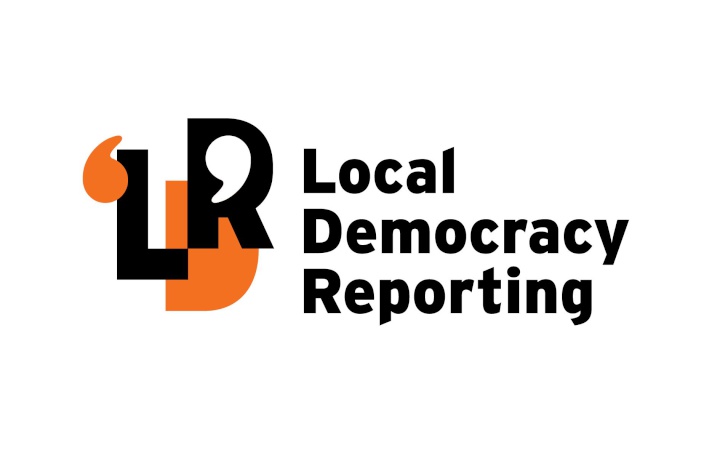A disability community advocate hopes Rotorua Lakes Council adopting its first accessibility policy will lead to stricter building rules.
Council thriving communities director Kelly-Anne Panapa presented the new Accessibility for All management policy at Wednesday’s Community and District Development Committee meeting.
It was developed with input from elected members and the local disability community, and adopted by the council executive team in March.
Panapa outlined four community aspirations for the council: to show local leadership in improving accessibility; provide for thoughtful and deliberate design that improves access; work to support the independence, dignity and joyful lives of the disability community; and to assure its visibility, inclusion and representation.
“This is really important for Rotorua.”
The policy applied to a range of council work, from new projects and renewals of public buildings and footpaths, to its events, employment, services and communication.
It included disability and access staff training, providing more information in other formats such as easy-read or pictorial, improving signage for accessible amenities, and a “suitable focus” on spending to upgrade and retrofit existing facilities.
There was a focus on engaging with the disability community and enabling participation in consultation and council-led initiatives.
Panapa said the disability community represented 25% of Rotorua, about 20,000 people, and this number was expected to rise. Disability was more prevalent in Māori and aged populations.
She said the policy would open opportunities in a “niche tourism market”, as many travellers in the disability community researched accessible holiday destinations.
The policy met councillors’ request for goals set within budget limitations of the current Long-term Plan. Council departments would review what improvements were needed before the next one.
Panapa thanked councillors for their support in establishing the inaugural policy.
“It’s quite a big deal.”
She gave special thanks to councillor Conan O’Brien, who “championed this from the beginning”, as well as to staff and the disability community.
Panapa said one thing that stood out for her was hearing that even when facilities met standards, it did not necessarily mean they were fully accessible.
Speaking to Local Democracy Reporting, Rotorua CCS Disability Action Access Group committee chairman Reverend Timothy Lee said the partnership with the council was strong and the scope of the policy was wide and inclusive, as was its development.
Lee has tetraplegia after a mountain biking accident in 2010, and uses a wheelchair.
“I’m determined not to waste life. I’m alive by the grace of God.”
He brought this mindset to his advocacy work on the committee, as a contractor helping new wheelchair users adjust to their situation, and mapping accessible trails with Rotorua Trails Trust.
Lee said while many publicly accessible buildings and facilities may be claimed to be accessible, experience in them proved otherwise.
He hoped a “robust” bylaw could be developed in the future with stringent accountabilities requiring accessibility in those buildings and facilities, and consultation with people with lived experience.
The policy presented an opportunity for Rotorua to stand out as an accessible destination, he said.
It meant travellers with limited mobility were catered for with sympathy in an inclusive city, he said.
- LDR is local body journalism co-funded by RNZ and NZ On Air.



 Gordon Campbell: On Marketing The Military Threat Posed By China
Gordon Campbell: On Marketing The Military Threat Posed By China RNZ Online: How The World Reacted To The Demise Of The Treaty Principles Bill
RNZ Online: How The World Reacted To The Demise Of The Treaty Principles Bill Te Matapihi: Response To Govt’s New Strategic Housing Partnerships: Progress, But Equity Gaps Remain
Te Matapihi: Response To Govt’s New Strategic Housing Partnerships: Progress, But Equity Gaps Remain Banking Class Action: Government’s Retrospective Law Change Threatens Consumer Protections
Banking Class Action: Government’s Retrospective Law Change Threatens Consumer Protections E tū: Journalists Respond To Grenon - Still No Commitment To Editorial Independence
E tū: Journalists Respond To Grenon - Still No Commitment To Editorial Independence Marlborough District Council: Kevin Judd Named Marlborough’s Newest Living Cultural Treasure
Marlborough District Council: Kevin Judd Named Marlborough’s Newest Living Cultural Treasure Parliamentary Commissioner For The Environment: Are We Planting The Forests We Need?
Parliamentary Commissioner For The Environment: Are We Planting The Forests We Need?


